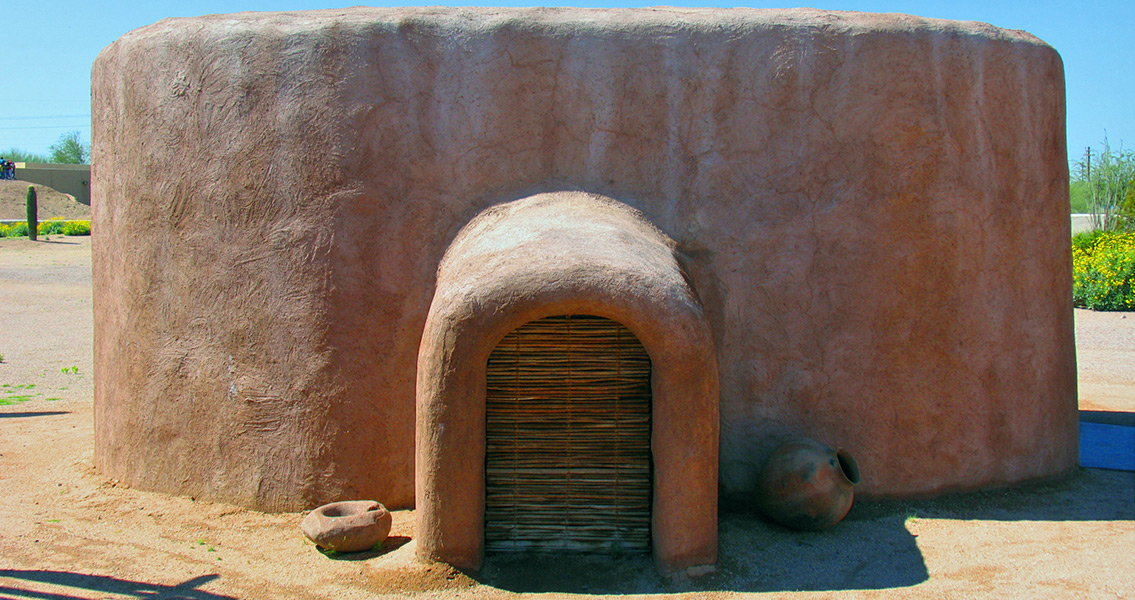<![CDATA[Although engineers discovered the remains of a 1,500 year old Puebloan pit house in southern Utah early in 2015, it’s not to remain exposed to the air. A team of researchers have since re-buried the dig site, located in Washington County, in an effort to preserve the find for future study. Originally discovered while engineering crews were conducting surveys for future development efforts, the archaeological site yielded up the remnants of bone fragments and corn farming apparatus dating to the sixth century CE. According to Greg Woodall, a volunteer archaeologist involved with the excavation and re-burying who spoke with Fox 13 Salt Lake City, the inhabitants of the house began by digging a large deep pit, and then placing a roof across it. The home would have likely been entered through a ladder, Woodall added, remarking that all that information has been gleaned just by examining the site itself. The research team spent several months documenting the site, which included taking innumerable photos and using digital mapping techniques to record the remains. Finally, work crews were recently called in to backfill the excavated residence – a move that many might feel is counter-productive. However, Woodall likened the process to someone going to the library, checking out a history book, and then returning it when they were finished for someone else to read sometime in the future. “Closing it back up was in essence putting it back in the library,” said Woodall. This makes the site available for research in the future while also honoring the hard toil of the original family who constructed the house 1,500 years ago. Before being backfilled, thick protective fabric was layered over all the floors and walls to protect the excavated areas from being eroded. Additionally, this will show where the original archaeologists left off – a figurative bookmark in the history book - in the event that future researchers return to the site. There are a number of archaeological sites peppered throughout Washington County, according to Woodall. However, a large number of them are either buried even deeper, or have been outright demolished as a result of land development. However, Brooks Pace, the future owners of the site where the most recent discovery was found, has made a commitment to preserve the site for posterity. The lot that holds the remains of the Puebloan pit house is scheduled to be sold off to the Archaeological Conservancy, a non-profit conservation group. A representative for the group said that Archaeological Conservancy is always on the lookout for new sites in need of preservation. It’s only when there are human remains left behind on sites that there are any legal protections accorded to these discoveries, as sites residing on private property are otherwise unprotected by any archaeological laws. The state owns a large number of Utah archaeological sites, thanks to the aid of local volunteers like Woodall. Image courtesy of Wikimedia Commons user: Andre Engels ]]>
Researchers Re-bury Archaeological Site in Utah
